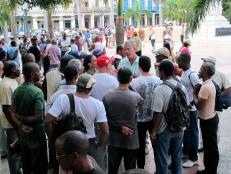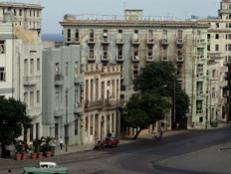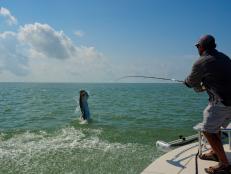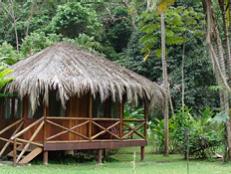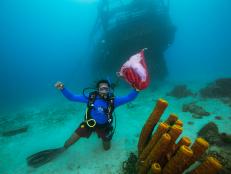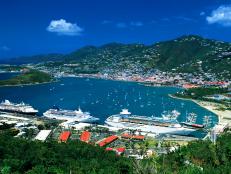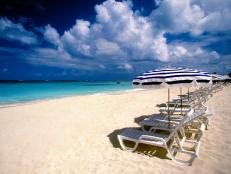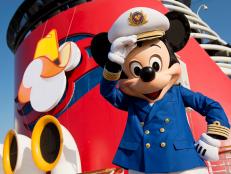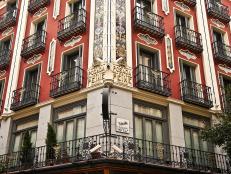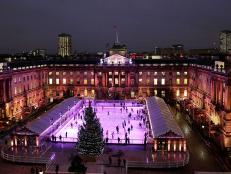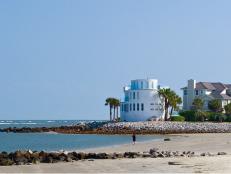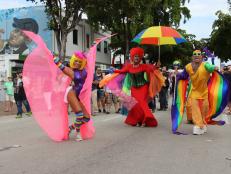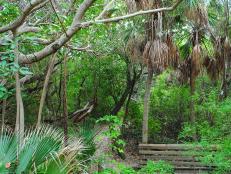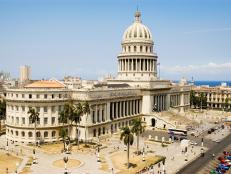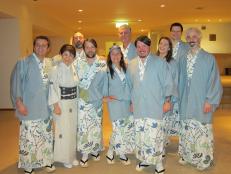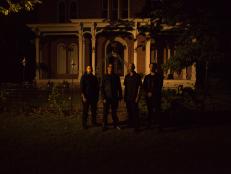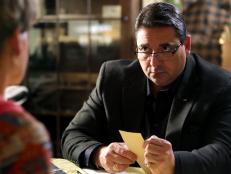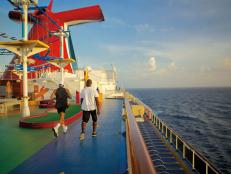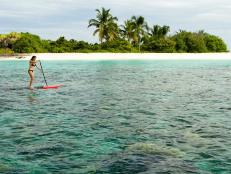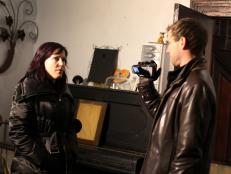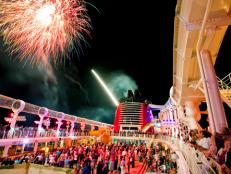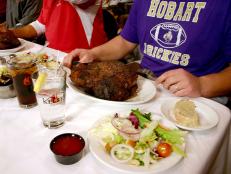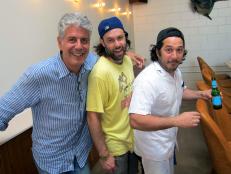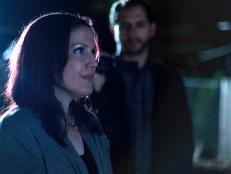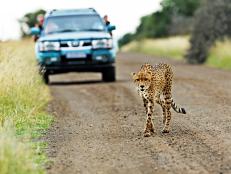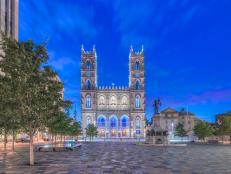Cuba, a Country of Contrasts
One writer reflects on her trips to Cuba, a country of contrasts.
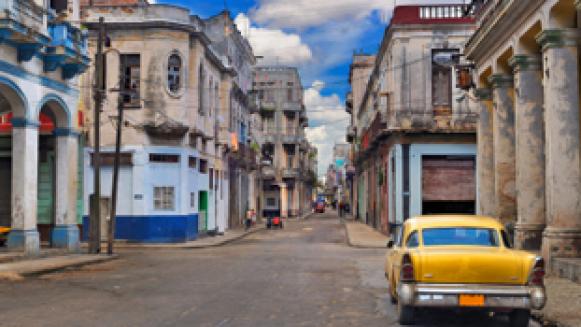
On a street outside the elegant and historic Hotel Nacional de Cuba that overlooks Havana Harbor and a 16th century citadel, taxi drivers in suits and chauffer caps sit in black Mercedes Benz sedans and patiently await customers. A few blocks away begins a sidewalk along a 5-mile-long seawall, where lovers take romantic strolls. But a block or 2 off the waterfront of Cuba’s capitol city, the scenery changes; aged streets with broken sidewalks and decrepit buildings suddenly appear. Clerks staff dusty stores with almost nothing to sell. In one food store, a glass case exhibits for sale a single bag of Cheetos Puffs.
Turn a corner and the scenery changes again. A grand plaza that surpasses in beauty anything from the finest sections of Europe appears in the near distance. Cathedral de San Cristobal, completed in 1787 and described by Cuban writer Alejo Carpentier as “music set in stone”, dominates one end of the square. Homes and palaces built in the 1700s and lovingly renovated in recent years to house government-owned restaurants, hotels, museums and an elementary school line nearby streets. Musicians in a square play classical, folk and jazz music.
I witnessed Cuba’s contradictions and contrasts during reporting trips in 2004 and 2006. Cuba is at once lovely and heartbreaking, joyous and sad. It is filled with music, dancing, laughter and despair. And now that the US Treasury Department is granting people-to-people licenses for travelers to the island, the contradictions will be on increased display.
Poverty that has plagued Cuba for decades has contributed to the preservation of its beauty and historic architecture. Most of the 2,300 miles of coastline are devoid of high-density development and tacky tourist attractions. By far the largest island in the Caribbean, Cuba is arguably the most beautiful, and without doubt the most interesting, culturally rich, and historically significant.
The contrasts that define Cuba extend to a traveler’s choice of lodging. The Hotel Nacional, a four-star property, starts at about $125 a night. Built in 1930, it prominently displays pictures of such illustrious past guests as Frank Sinatra, Eva Gardner, Tyrone Powers, Errol Flynn and Marlon Brando. Blocks away, you can choose to pay about $30 a night to stay in a Casa Particular— a room in the home of a Cuban granted a government license to share their homes with tourists. I stayed in the high-rise apartment of two elderly sisters, both former English professors, who shared one bedroom in order to rent the other. The apartment was clean, pleasant and boasted a balcony with an incredible view of the city and harbor. Residents of the high rise building so worried that the automatic elevator would be disabled that they paid an elderly woman to help ensure it would not break down.
Cuba has more doctors per person than most developed countries. But medicine is scarce. A single ibuprofen or aspirin pill is treasured, and a bottle of either makes a nice gift. When I mention to my hosts that I had a headache, one ran to make tea and the other fetched a wooden, pyramid-shaped contraption that she put on my head while praying.
At Veradero Beach on a peninsula just over a two-hour drive from Havana, I stayed and dined at Xanadu, a mansion built in 1930 for a member of the DuPont family. Dinner was served on a stone terrace overlooking a powdery white sand beach with crystal blue water lapping at its edge. The restaurant was out of “honey spices roasted southwest of France duck magnet with oporto sauce.” So I ordered the “filet de rape con hueves frescas,” or translated into English as “snuff filet.” They were out of that, too. In fact, only one entree was left. I don’t remember what it was, only that it was tough to eat.
The best food can be found in rundown paladares, or the living rooms or kitchens of families granted permission to sell food as long as they provide no more than 12 chairs.
Given the 50 years of animosity between the Cuban and US governments, it’s surprising that so many Cubans seem to love Americans. A taxi driver told me that Americans are the nicest of all tourists and they give the best tips. He added that Americans and Cubans love baseball, salsa and big cars from Detroit. Americans and Cubans both stood up to colonial powers and their countries are separated by only 90 miles of ocean. We are, he says, “practically brothers.”
Freelance writer Cindy Loose is a former travel writer and editor for the Washington Post. This story is based on her travels to Cuba.
Next Up
Tony Bourdain's Guide to Cuba
Traveling to Cuba
8 Great Fly Fishing Destinations
Eco-Friendly Lodging
Try a Voluntour Vacation
Western Caribbean
Welcome to Design Corner
Top 10 Family Spring Break Vacations
Plan an unforgettable family spring break in the sun or snow.
Top 10 Caribbean Beaches
Pack your beach bag for a visit to these top 10 Caribbean beaches.
